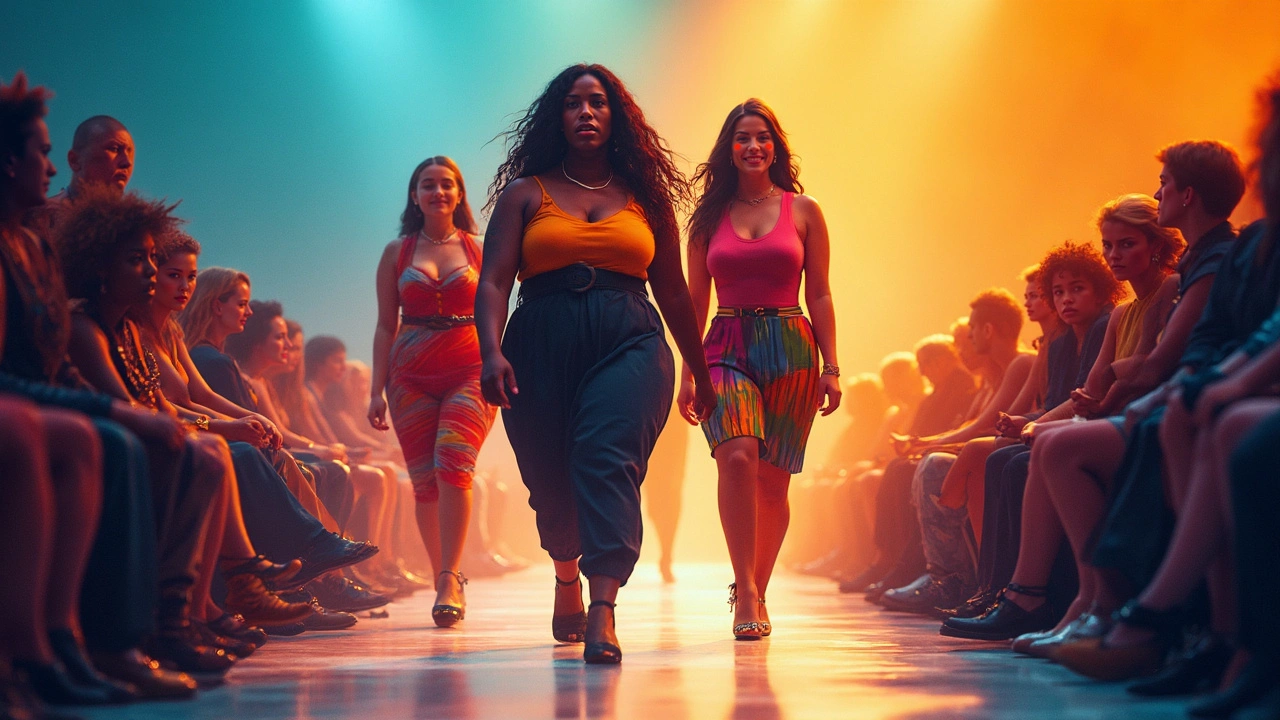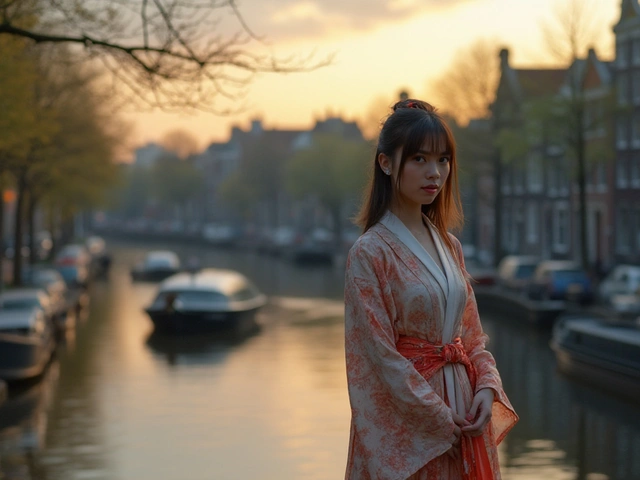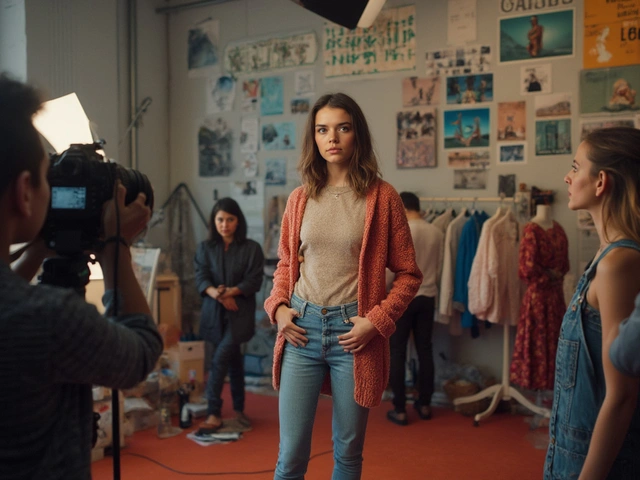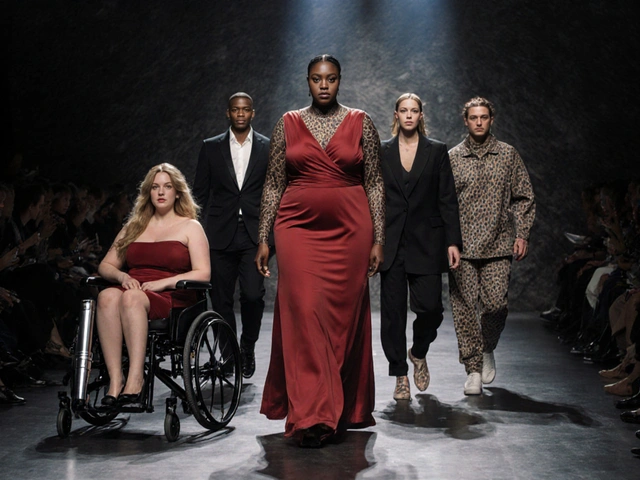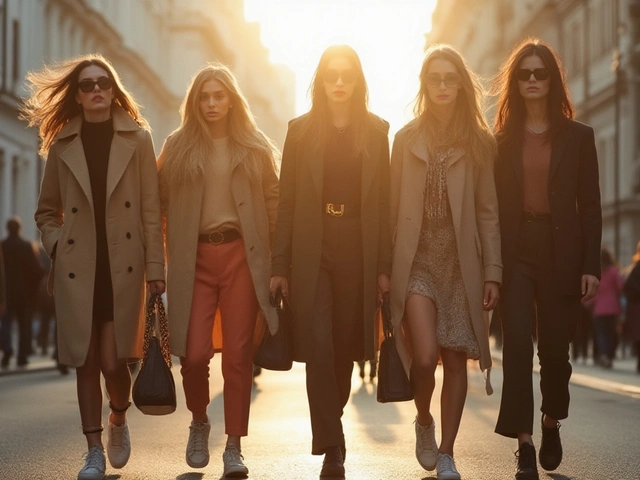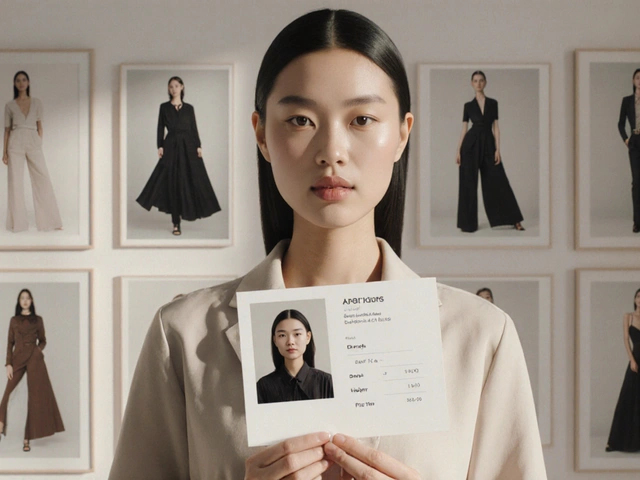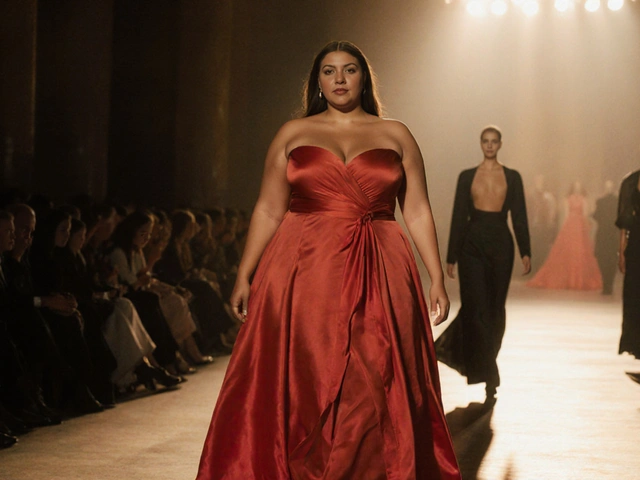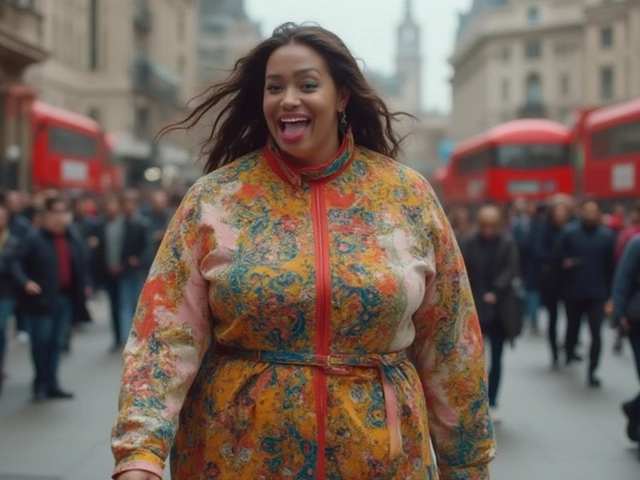Ever walked into a clothing store and thought, “Why doesn’t this fit me right?” You’re not alone. For years, the fashion industry worshiped a one-size-fits-all approach, pushing unrealistic beauty standards. But finally, curvy models are stepping into the spotlight and shaking things up.
Curvy models bring diversity and reality to fashion runways and magazines. Gone are the days when only tall, size-zero figures graced the covers. Now, you see body shapes that feel more, well, real. This shift doesn’t just make you and me feel seen; it's changing what fashion brands create and promote.
Embracing curvy models isn't just about looks; it's a revolution of how we perceive beauty. It’s like the fashion world is finally catching up with the fact that beauty doesn't come in just one package. Imagine browsing through a catalog and seeing someone who looks like you. Feels pretty good, right?
Stay tuned as we break down how curvy models are redefining fashion as we know it and what you can expect as this movement gains momentum.
- The Rise of Curvy Models
- Impact on Fashion Industry
- Body Positivity and Acceptance
- Challenges and Misconceptions
- The Future of Fashion Diversity
The Rise of Curvy Models
Let’s rewind to a time when the fashion industry was dominated by a certain body type—long, lean, and frankly, not very reflective of most of us. But in recent years, there’s been a seismic shift, and it’s about time! The era of curvy models has arrived, marking a new chapter in fashion history.
Thanks to pioneers like Ashley Graham and Paloma Elsesser, who didn’t just break into the industry—they shattered the mold. These trailblazers have graced the covers of top magazines and walked major runways, pushing the boundaries of what’s considered fashionable. It's a change driven by a demand for inclusivity—a cry from consumers who longed to see themselves in the brands they love.
Fashion brands are catching on too. Companies like Aerie and Savage X Fenty have thrown out the traditional rules and fully embraced body positivity. The bonus? They’re seeing huge success. Aerie, for example, reported a 32% increase in sales after launching its #AerieREAL campaign, which features a diverse mix of real, unedited women.
This movement isn’t just about pretty pictures; it's making waves behind the scenes, influencing designs, cuts, and how clothes fit on real bodies. Designers are understanding that inclusive fashion isn’t optional anymore—it's essential. They’re expanding size ranges and crafting pieces that celebrate every curve.
As consumers, our appetite for this diversity is growing. In a 2023 survey, 67% of respondents said they’re more likely to buy from brands that feature varied body types. That's a stat that speaks volumes!
The shift towards inclusivity with curvy models signals a hopeful future where fashion feels a lot more personal and accessible. Say goodbye to beauty standards that feel out of reach and hello to a future where everyone deserves to shine.
Impact on Fashion Industry
The rise of curvy models is reshaping the very fabric of the fashion industry, pun intended. You might wonder, how exactly does this change things? Well, for starters, it pushes brands to rethink design. Not everything can be tailored for just one body type anymore.
Leading fashion houses are now incorporating diverse sizes into their collections. Brands like ASOS and Nike have launched plus-size lines, recognizing not just a niche market but a significant demand. This isn't just about expanding sizes; it's about reimagining what fashion can be for everyone. Designs have become more inclusive, ditching the idea that beauty fits a narrow mold.
Another critical change is in marketing. Previously, marketing campaigns often fed us unattainable ideals. Now, by including models of all sizes, brands seem more relatable and authentic. This change isn't just about being morally right; it results in better sales. When consumers see themselves in ads, they're more likely to buy. Seems simple, right?
Also, let’s talk retail. More stores are stocking plus-size clothing, moving beyond online-only options. Gone are the days when those looking for larger sizes had to settle for less variety or style.
And here's something cool, a study by Fashion Institute of Technology highlighted that fashion shows featuring diverse body types witnessed a 15% increase in positive public perception. Diverse representation isn’t just a passing trend; it’s becoming a demand. Who would've thought runway diversity could lead to such a spotlight shift?
The buzz around inclusive fashion has even influenced fashion weeks, where plus-size models are walking alongside traditional models, making an assertive statement about change. It's not just about adding seats to the table; it's about redesigning the whole darn table.
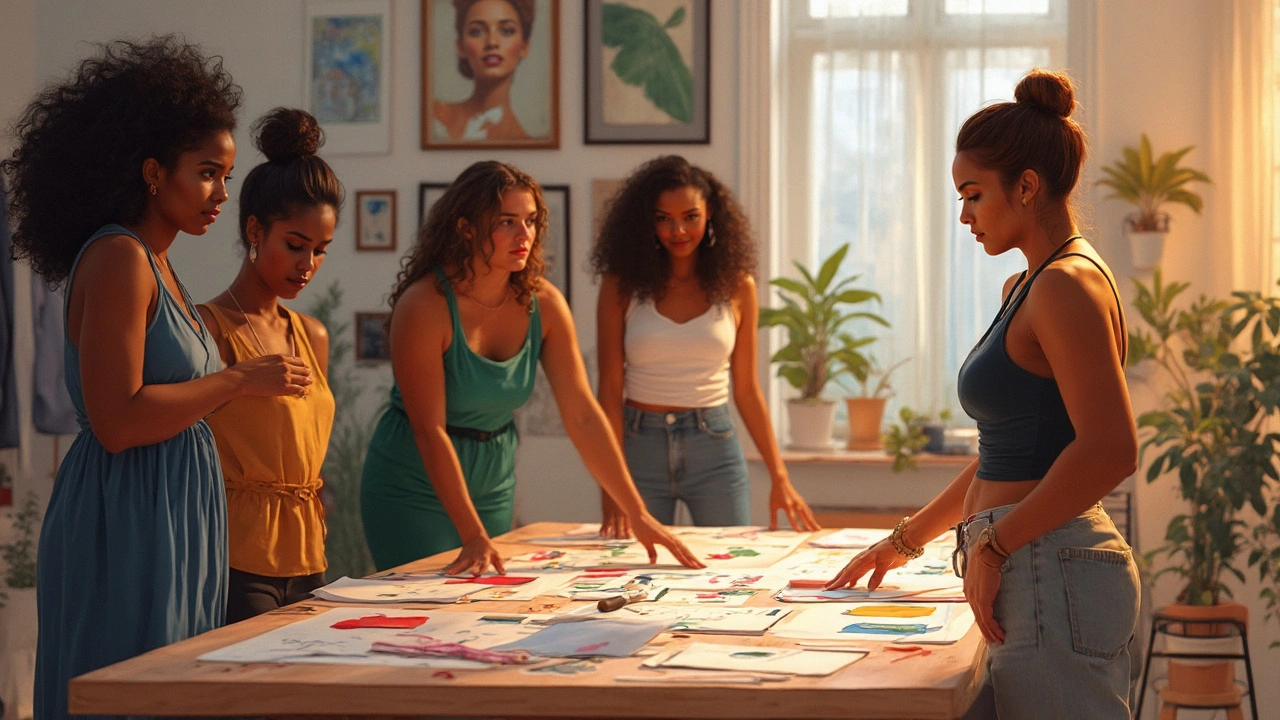
Body Positivity and Acceptance
Body positivity is more than just a buzzword—it's a movement that's challenging decades of narrow beauty standards. With the rise of curvy models, fashion isn't just about fitting into tiny sizes anymore. It's about celebrating diversity in body shapes, promoting self-love, and embracing who we are.
Not long ago, the fashion world was obsessed with the idea that thinner was better. But now, we're seeing a shift. Curvy models are strutting down runways, showing the world that beauty isn't one-size-fits-all. This shift isn't just essential; it's revolutionary. By featuring curvy models in campaigns, brands send a strong message: all bodies are beautiful.
One spot-on example of this change is the increase in diverse mannequins in store windows. Stores like Target started using mannequins of different sizes, encouraging shoppers that beauty comes in all shapes. Plus, more brands now offer extended sizes, ensuring everyone finds clothes that fit well and look great.
Statistics show that people respond positively to this movement. According to a survey by the Fashion Institute, 67% of consumers prefer brands that feature diverse body types. So, it's not just a trend—it's a demand.
Body positivity is more than accepting different sizes. It's about celebrating features once seen as flaws, like stretch marks or cellulite. By redefining what's 'normal' in fashion, curvy models pave the way for a more inclusive world where we all feel comfortable in our own skin.
Curvy models remind us that the journey to self-love and acceptance is personal. They inspire many to embrace their uniqueness and shine confidently. So next time you see a curvy model on a magazine cover, remember: it's not just about clothes or trends—it's about reshaping how we see ourselves.
Challenges and Misconceptions
Stepping into the fashion industry as a curvy model is not without its hurdles. One big misconception is that curvy models are only needed for plus-size clothing lines. That couldn't be further from the truth! They bring a fresh perspective to fashion as a whole, influencing styles for all body types.
Another myth is that being a curvy model means being unhealthy. This stereotype can be damaging and misses the point entirely. Health isn't a one-size-fits-all, and these models are often as fit and strong as their slimmer counterparts. The focus should be on showcasing diversity and real bodies, not perpetuating stereotypes.
Finding representation in high fashion remains tough. While some brands are joining the body positivity wave, the high-end fashion world is taking baby steps. There's still a tendency to stick with traditional norms, but change is slowly happening as more designers realize their customer base is diverse.
Many aspiring models face backlash and criticism on social media platforms. The digital space can be harsh, with unsolicited opinions lurking at every corner. It takes a strong backbone, as well as community support, to brush off negativity and keep pushing forward.
Though changes are coming, another challenge curvy models face is a lack of mentorship. Many trailblazers are self-starters, learning through trial and error. As the industry evolves, having seasoned mentors can help more newcomers find their footing and thrive.
The road's not easy, but every step these models take paves the way for a more inclusive and resonant future. Let's hope these misconceptions fade away, making space for the true beauty and diversity they've always represented.
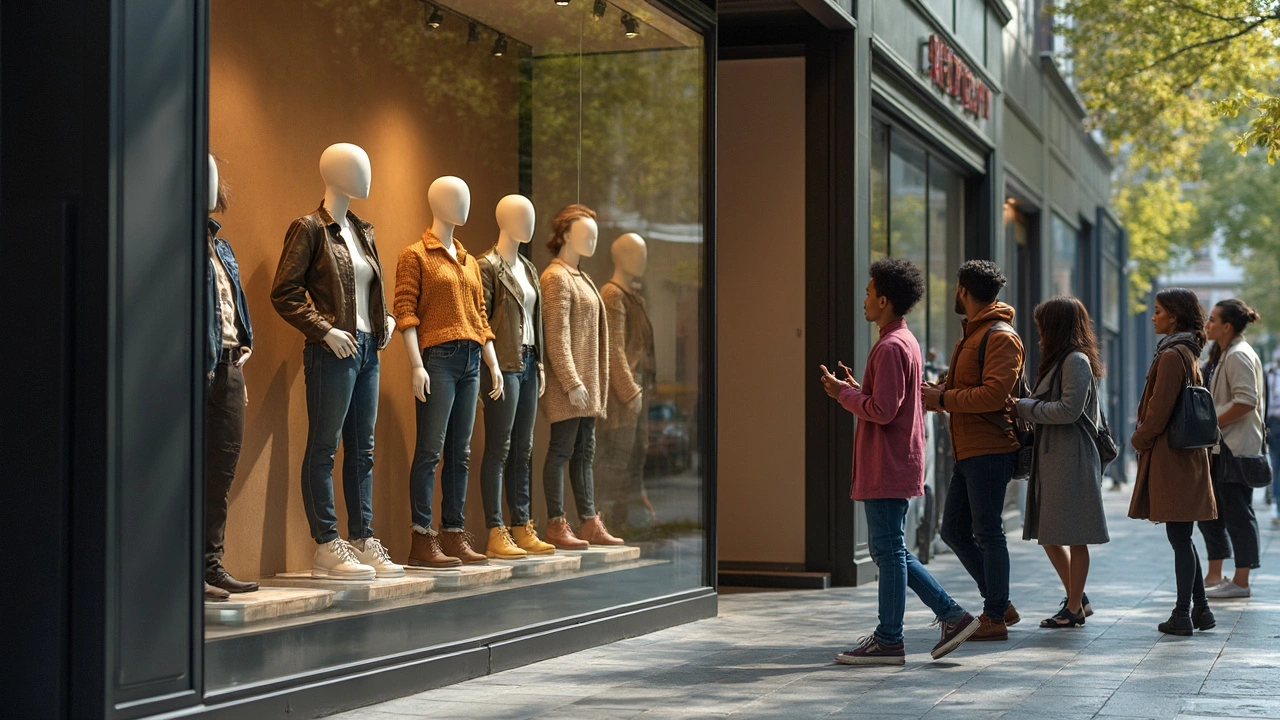
The Future of Fashion Diversity
The fashion industry's future is looking bright and *inclusive*! Thanks to the rise of curvy models, we're seeing a much-needed change in how fashion is represented and consumed. Fashion brands are waking up to the fact that diversity is not just a buzzword but a fundamental shift that appeals to a broader, more diverse audience.
One of the most exciting shifts is in the range of sizes now available. More brands offer extended size ranges well beyond the typical sizes seen in the past. This change isn't just symbolic; it means more people can express themselves through fashion without feeling left out. We're talking about a market that's estimated to be worth over $32 billion globally – that's huge!
Fashion diversity isn't only about size; it's about embracing all identities. This means more representation for different ethnicities, genders, and ages. We're seeing more campaigns and catwalks featuring a broader range of models. It's not just eye-catching; it's relatable and genuine.
These changes are influencing young designers too. They're driven to create clothing lines that cater to everyone, not just a select few. Designers are innovating with different cuts, fabrics, and patterns that flatter a range of body types. This isn't just about selling clothes; it's about reshaping the entire fashion narrative.
The retail landscape is also adapting. Online stores have stepped up their game by offering virtual fitting rooms, making it easier for everyone to find garments that fit perfectly. This tech integration shows that diversity is not only supported aesthetically but also technically.
While there's still a lot of work to be done, the future of fashion diversity promises exciting opportunities. This isn't just a trend; it's the new normal. And as more brands join the diversity bandwagon, fashion becomes more accessible and enjoyable for everyone. Because at the end of the day, feeling good in what you wear should be a right, not a privilege.
